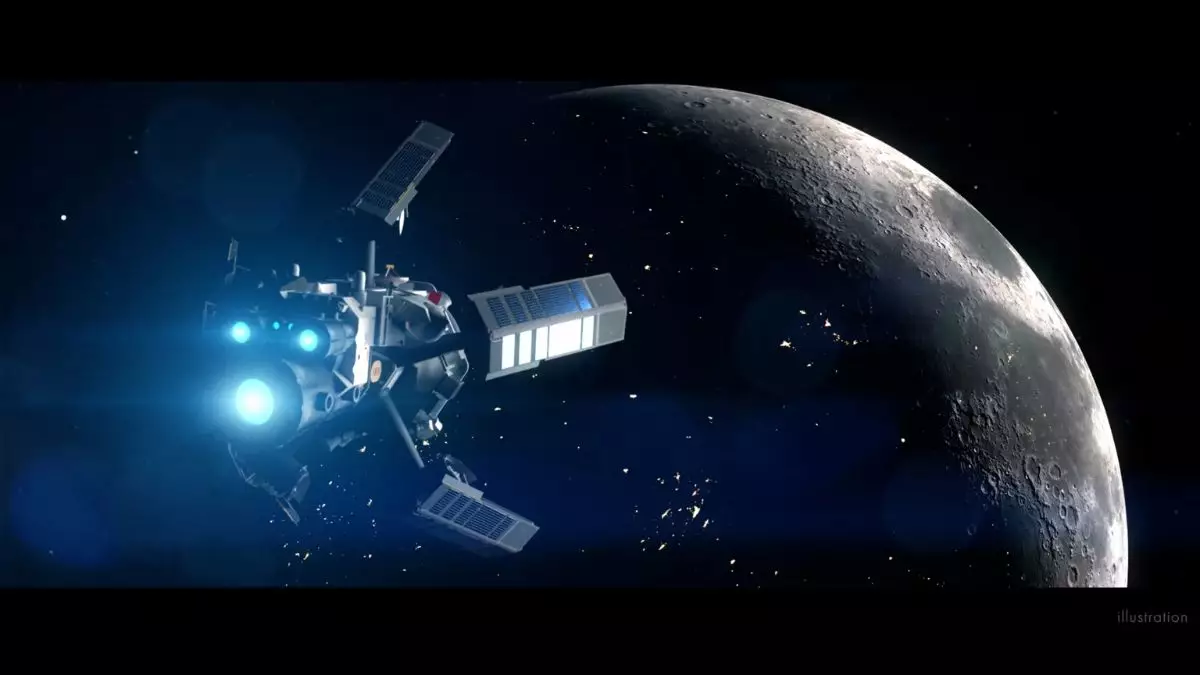In an age where human curiosity piques at an unprecedented level, the ability to traverse the solar system faster than ever before is on the brink of reality. Pulsar Fusion, a UK-based company shrouded in a decade of secretive development, has recently unveiled their ambitious plans for nuclear fusion-powered rockets, known as Sunbirds. This technology promises to slash travel times across vast cosmic distances, yet clouds of skepticism loom large. The contrast between hope and doubt paints a fascinating picture of our future in space exploration.
The Sunbirds Concept: Too Good to Be True?
The Sunbirds, armed with a Duel Direct Fusion Drive (DDFD) engine, are engineered to offer thrust by fusing deuterium and helium-3—a notion that sounds tantalizingly close to science fiction. If successful, this could potentially reduce the journey to Mars to a mere number of weeks and bring a trip to Pluto down to four years. However, one cannot ignore the harsh realities that these bright predictions might mask. While the prospect of harnessing nuclear fusion for propulsion is spectacular, we must ask ourselves: are we truly ready to bank on this complex technology?
Expert Opinions: Divided on the Road Ahead
Skepticism within the scientific community is not unwarranted. Authorities like MIT’s Paulo Lozano have raised valid concerns regarding the practicalities of executing nuclear fusion on a scale small enough for use in space. The intricacies involved in mastering a compact DDFD system have not yet been surmounted. Pulsar Fusion’s CEO, Richard Dinan, countered by asserting that the vacuum of space may circumvent some challenges present on Earth. But does wishing for favorable conditions equate to a solution? It’s a rhetorical question that highlights the tensions between hope and cautious advancement in technological endeavors.
Challenges Beyond Technology
The road to establishing a fleet of reusable Sunbird rockets may also be littered with practical obstacles. A major concern remains the sourcing of helium-3, an element that is rare and costly, often viewed as the game-changer for nuclear fusion. While some experts advocate for lunar mining to extract helium-3, this entails developing capabilities and infrastructure that are currently non-existent. Thus, one must ponder: can we rely on speculative plans for resource acquisition when our clock is ticking?
The Bigger Picture: Is the World Ready for Such Innovation?
Enthusiasm for the Sunbirds aligns with a broader vision of pushing humanity towards interplanetary civilization, but one must weigh the potential benefits against the backdrop of existential risks. Are we ready to finance extensive research for these lofty ambitions when basic life-sustaining challenges on Earth remain unresolved? The call for audacious innovation must be measured with solid stewardship of resources.
In this evolving narrative of cosmic exploration, Pulsar Fusion represents a bold plunge into the abyss of possibilities, while adherence to realism remains crucial. The future of space travel may hinge on such extraordinary endeavors, yet they come with an inherent obligation to address terrestrial realities.


Leave a Reply